I am going to add on to Dan’s post. Early in my career, I was under the impression that I should be able to sit down and create a beautiful piece of art from start to finish with no preparation… I thought all great artists did it that way. The reality was that it was extremely frustrating to produce pieces of work that continually were below my own expectations for myself. I thought, if I can see the image in my head why can’t I just translate it to the canvas? My first inclination was that I just did not have the skills, the appropriate level of craft to make my visions come to life.
While this was partly true on the craft side, the truth was that I did not realize the blood, sweat and tears that my favorite artists were putting into their work. My expertise and imagination—or lack of these—were not the reason my images were falling flat. It was the fact that I was shortchanging them from the beginning by taking short cuts. I didn’t realize that the vision an artist has is simply a starting point, a place of inspiration, but it is not the whole story or the complete truth. Any color combination can work in your mind’s eye, any composition might seem perfect, but when they are committed to paper these ideas seem to lose their majesty and sometimes fall short in the execution. This is not to say I was wrong, I was just partly right.
Ever have a dream where you solved the world’s problems by creating, say, the first working cold fusion reactor only to wake up and find that what you thought was ingenious in a dream would seem ridiculous in the light of day? “Ummmmm, maybe a thousand hamsters running simultaneously on miniature treadmills actually can’t jump start cold fusion…” you think to yourself while drinking your morning coffee. There might not be much to save from that dream, except, perhaps, the image of an army of hamsters which might have some play left in it in another context. The point is that these dreams, real dreams and daydreams are initial ideas, starting points. Get some paper and quickly write, draw, or scratch them down. Now turn them metaphorically on their sides, upside down—mix several together, shake it and let the pieces fall where they may. What does it look like now? Can you let go of your original idea for something new, something possibly better? Does it still look the same? Make word lists for your idea; often times the abstract of the word can help us see an image in a different and unique way.
When in doubt and frustrated, I try to let my subconscious help out. It has the great fortune of no running commentary from the left temporal lobe.
For example, when you picture a car in your mind it might be the image that you just keep seeing in your minds eye, and you associate the car in your head with this image to the extent that it is hard to see other cars—or what a “car” can represent; but if you write down the word “car”, and then adjectives that might apply, such as old, big, retro, rusty, aggressive, friendly, sad, etc. you jump start your imaginative processes again. Now, take all this and quickly make visual notes to with thumbnails. A thumbnail is a small sketch 1 to 3 inches high or wide for the most part, but that is not what is important. What IS important is getting your ideas down quickly and without over-thinking, thus the small size. It’s harder to get caught up in detail.
I confess I have seem some beautiful thumbnails by students and the more info you can get in them in terms of shape and value, the better, but often my first attempts are just scratchy marks that only I can understand. Now, do MORE, add in ideas to one from thumbnails you like and get rid of the ones that you don’t like (but don’t throw those ideas out—they could work for projects in the future). Back to the pencil and paper and this time, refine a bit, put some love into it—not necessarily to finish, but just to bring it to a little sharper focus. Hopefully you will have three or four thumbnails you really dig and one that just does not float your boat. At this point I usually send my sketches (worked up thumbnails) to the art director, and… well, this can be for a later post.
I want to add that sometimes when going through this process I, might just come up with nothing and in those moments I let the paper show me the possibilities. It is a way of seeing shapes and compositions in abstract forms, from random marks made on paper. We all see things in nature and manmade objects, images in patterns; we are wired for it, the thought that some cloud looks like a bunny, or hey, that chip in the tile floor really resembles a honey bee. This is partly due to the fact that the cloud or chip in the floor does look like a bunny or bee, but it is also because our subconscious leads us to those associations; in other words, your creative brain plays a role. So when in doubt and frustrated, I try to let my subconscious help out. It has the great fortune of no running commentary from the left temporal lobe.
So, with a chunky piece of graphite, I make random marks on the page. I twist, turn and drag to make various lines, gradations and textures. I put this aside and do it again, then again, and again. Then the fun part (and I really do love this part)—I go back to the first sketch and look at it, turn it to the side, upside down then back and let scenes, objects, and characters suggest themselves. I do the same with the other sketches. If I find a shape that suggests a person or scene or even just beautiful forms in an abstract composition, I draw into it with the narrative or feel of the project in mind. I pull out shapes, lose shapes, and combine shapes from the other pages (the computer and Photoshop are invaluable for this). More often than not, this gives me a starting point, a way of seeing without following the same cognitive rut.
Can you let go of your original idea for something new, something possibly better?
At this stage I may combine it with my other thumbnail ideas or it may stand on its own with further development. Both of these above methods need YOU—you giving yourself room to think, create and change your mind so that you can come up with different or even better ideas. Oh, and sometimes when I am all done, I end up with that first idea I dreamed of, but that’s OK. I still needed to go through the process to KNOW it was the right one.


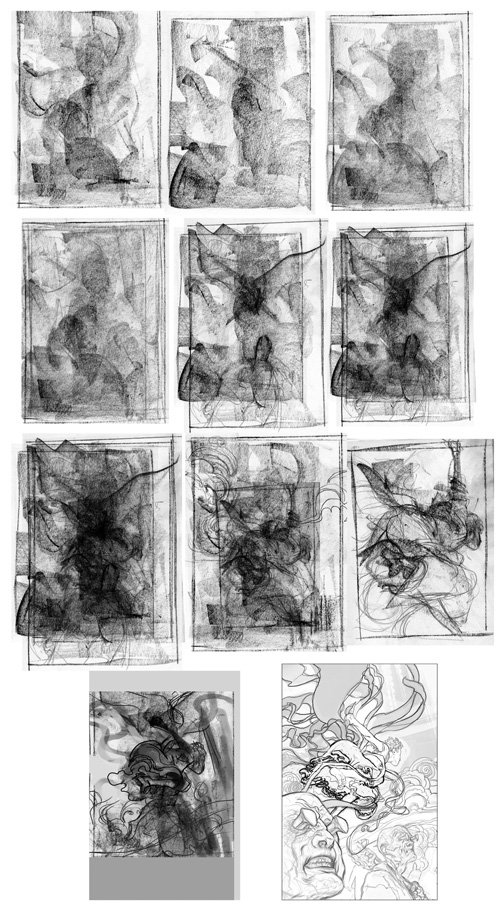
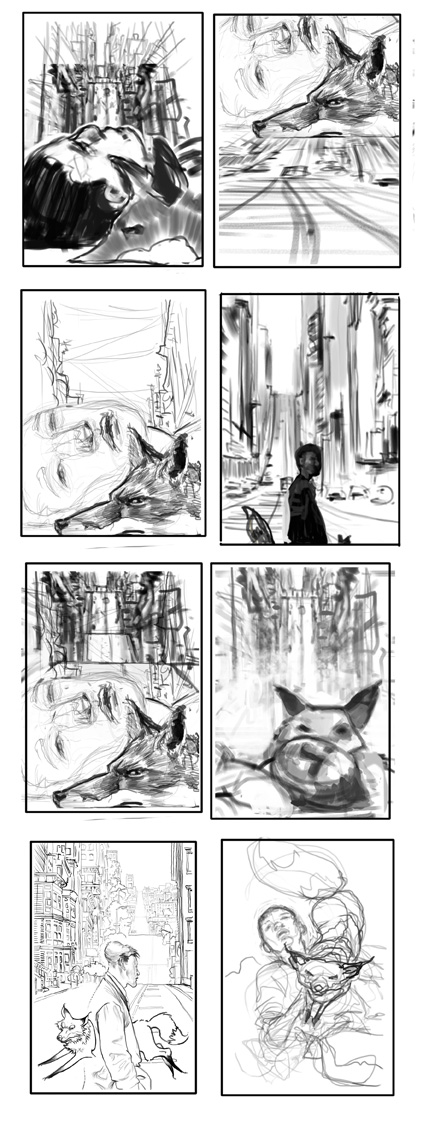
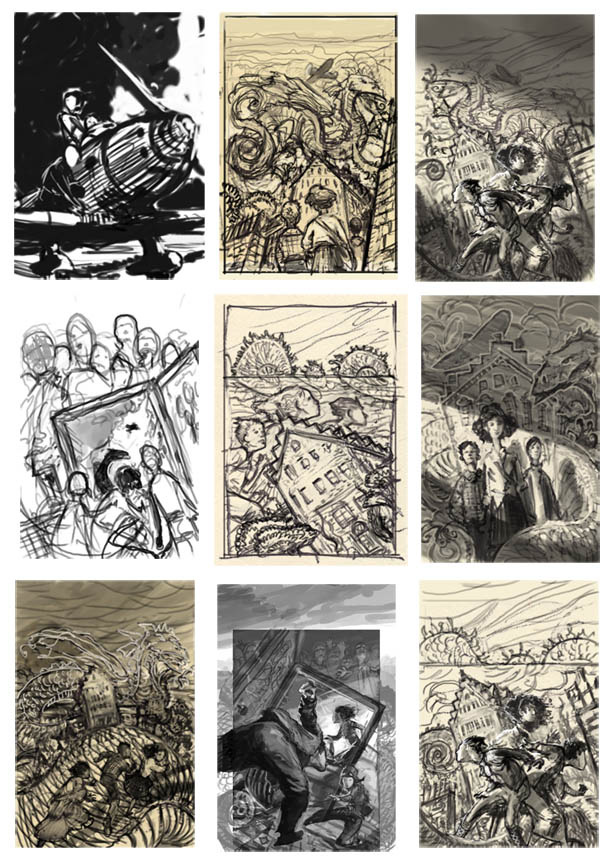
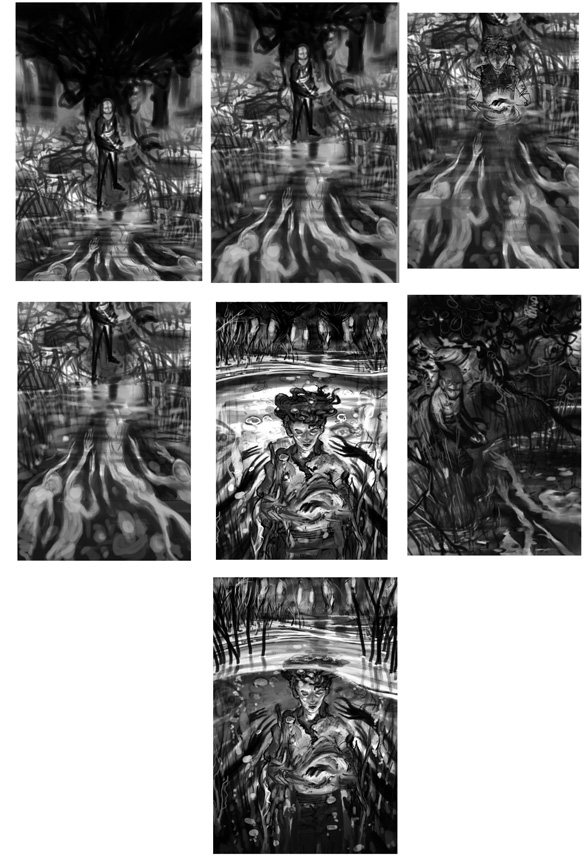
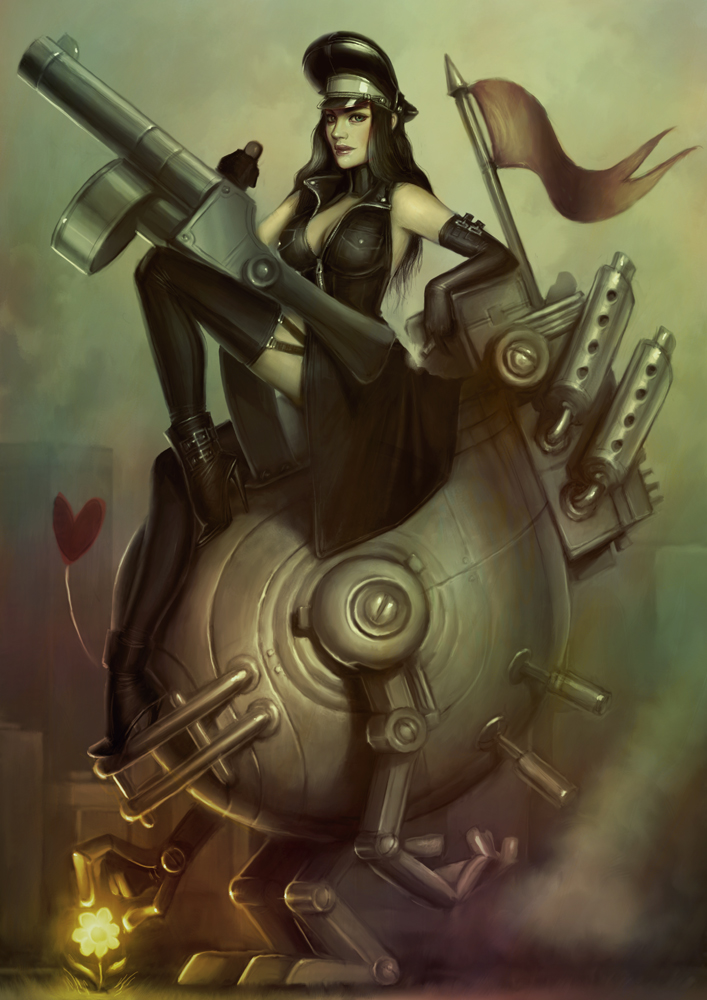
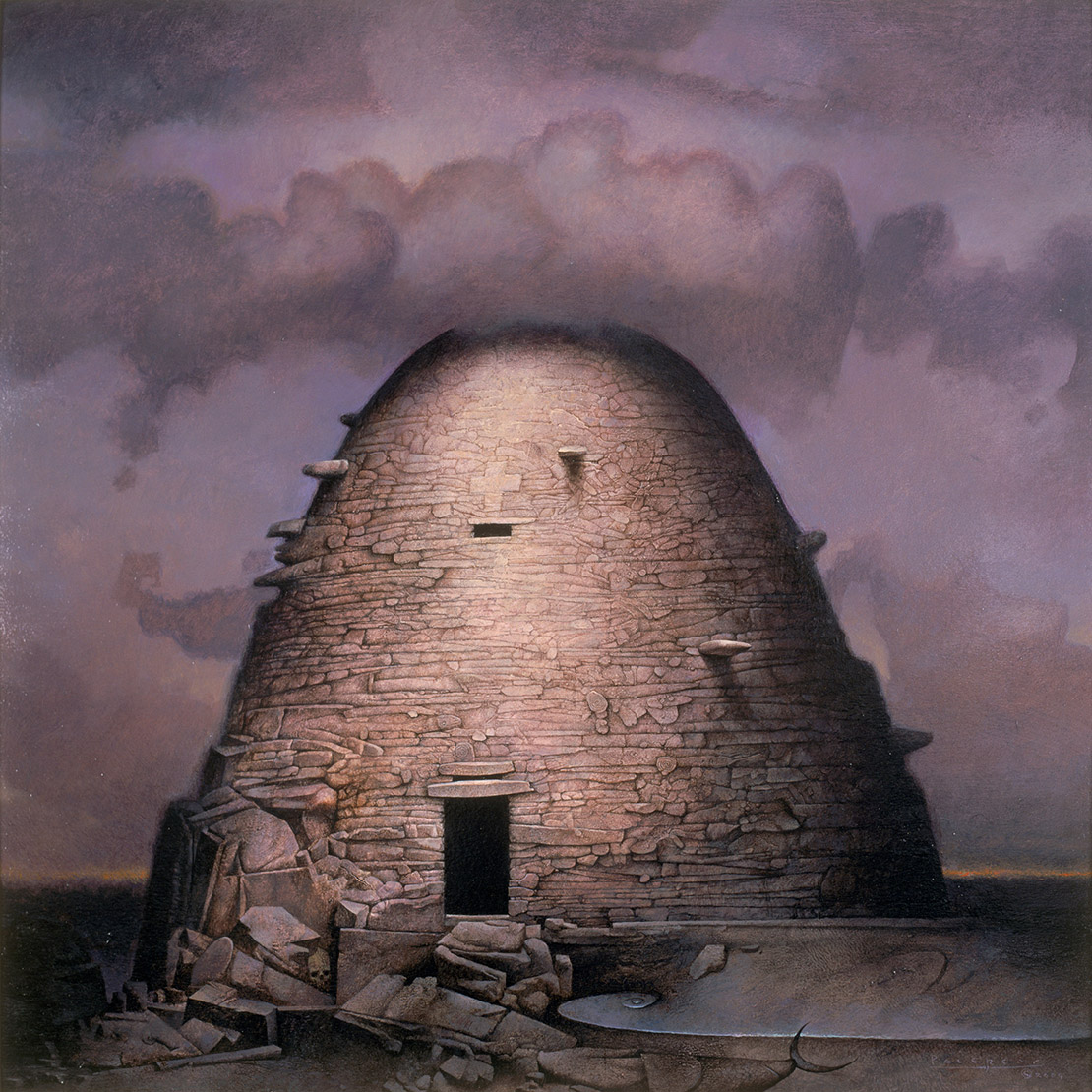
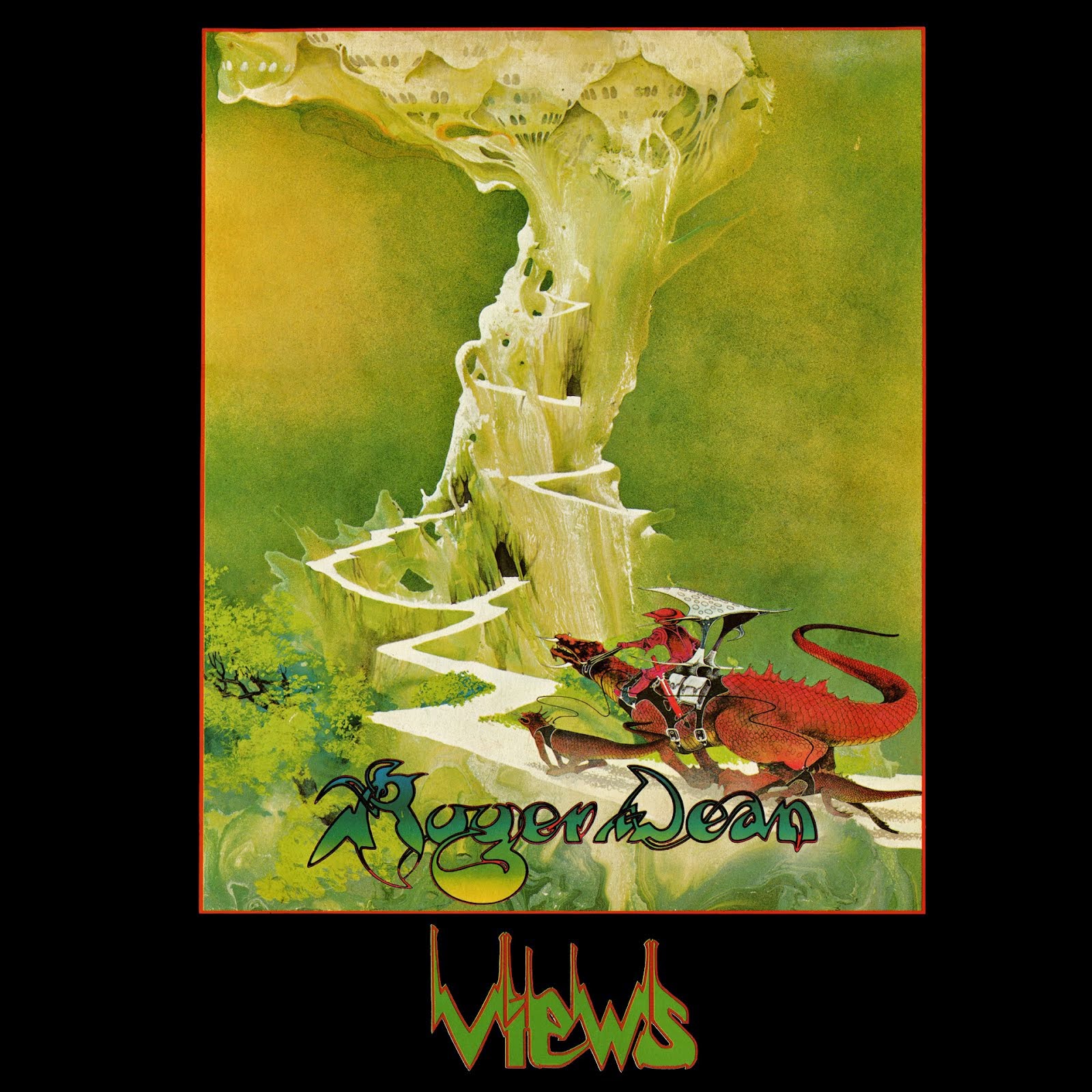
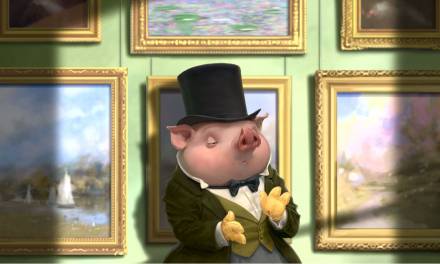
Can I simply say once more how much I'm loving this blog? Thank you for your willingness to share and educate.
Thanks so much for sharing all this process with us, Jon! You and Dan really kicked off the thumbnail topic with a bang. So cool to get to see these little behind the scenes panels. Thumbnails/preliminary sketches are so crucial and it's also such a great way to find pleasant mistakes in the mix. Allowing for that “aha!” moment to find its way to you is one of my favorite parts of the creative process. So stoked to see what's next on here.
Wonderful article, thanks – I second Kim's comment!
This blog is already one of the greatest art blogs on the entire internet. Great post, Jon. Really shows how much hard work and refining and attempts it takes to get a good piece started.
Wow, I'm really glad I found this blog. This was a very insightful post, I just had a few questions.
Does this process still work when you are given a design document where things are a little more specific in how they must be dealt with?
At what point does research come in to play in your process? Do you find it constricts the creativity of finding happy accidents or does it allow you to see more?
Thanks again for the great post!
Yes Jon. I am convinced that's the way to go too.
But if,here in Greece, I get paid only around 200 USD per book cover illustration, is it worth all that blood, sweat and tears??
Your first batch looks more like your trying to find a pattern of values for an interesting design that you like, while the second batch looks more like lines and forms that are trying to find a stronger storytelling, narrative composition. Are you determining this kind of difference before you even start the thumbnails?
@Spill. Are you in this to make money or to paint beautifull pictures? If you want money go get an education. If you wanna paint: paint. Nothing else matters.
Jon, I wouldn't have expected you to be a such a huge thumbnailer. From looking at your alla prima oils I suspected that you started entirely on the canvas.
Spill, I know plenty of publishers willing to pay only $200 for a full color illustration. We're in a global market now and most illustrators I know do not live in downtown Manhattan.
Fantastic suggestions! I never do as many thumbnails as I should because I tend to get stuck on a couple ideas, but these methods for breaking out of the typical mindset sound really useful. I'll try them out! 🙂
Seriously – my new favorite blog.
Great article!
Spill, yes, it's worth it. It's worth it for 50 USD. It's worth it for 5 USD. Your name goes on your artwork and you owe it to yourself to do the best you possibly can, no matter you're paid. As you improve you can command more money for your work.
Focus on the artwork first and everything else will take care of itself.
Sorry, I had to re-read your post a couple of more times before it sinked in. That is really great advice! Thanks for sharing this!
Thanks, Jon!
To Ejsing, Michael Oxley, Joey Ammons:
Thanks for the comments guys. I do see your point and I agree.
Must read for my students. Thanks!
Great post, Jon! I look forward to more!
Thanks for the insightful post, Jon!
I can completely relate to the feeling you mentioned having early on in your career, that you should be able to produce a stunning piece of work without preparation.
Also that your first inclination, when you could not do so, was that your technical skill was somehow lacking.
I have been wrestling with these feelings and problems for a while now, and you've really helped me to understand what I was missing. I'm all on fire to PREPARE my next painting… which is usually the part I can't wait to get through.
Thanks again!
Thanks jon ! eres gigante !!
For a moment I thought “Wow, it’s been a while since Jon Foster has posted, this is nice.” Then when I came to the comments and saw Kim Kincaid’s name it startled me. That’s when I realized it was a re-post. Which is fine by me, it just caught me off guard.
I love this blog, it’s an amazing thing that’s been created here. Having followed it from close to the beginning and watching its history unfold gives it almost a family-like feeling. Dan, you’re the force behind all this right? Thanks for your commitment and efforts.